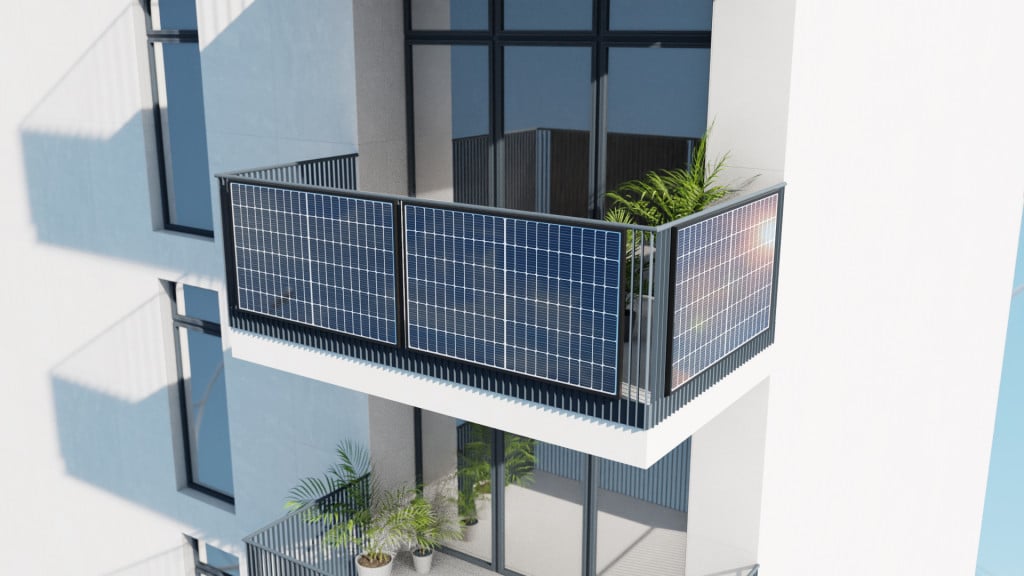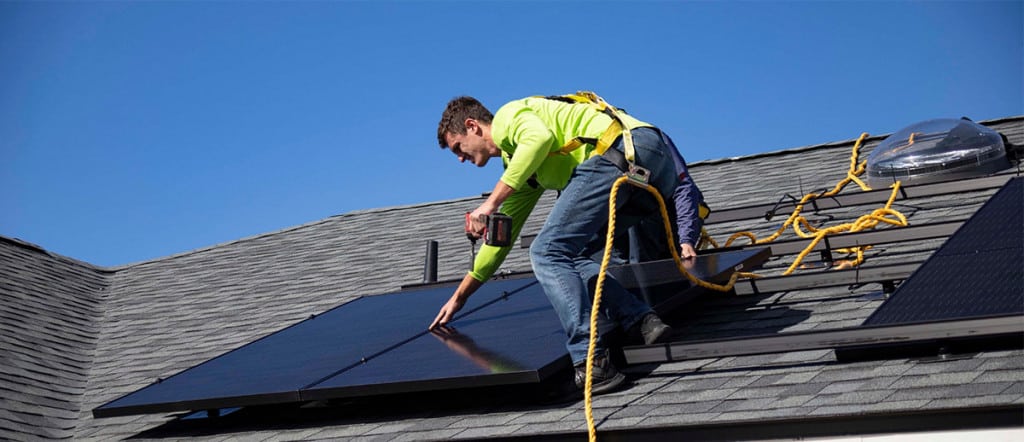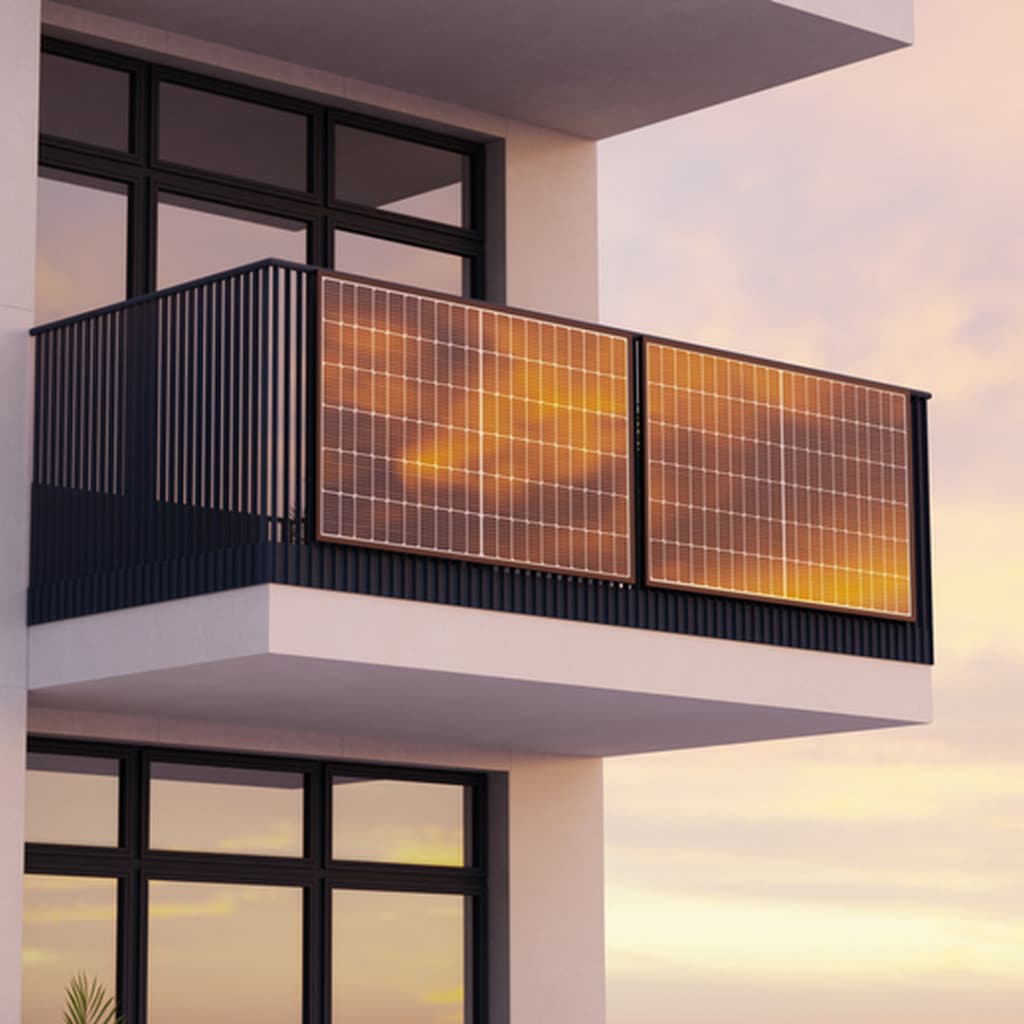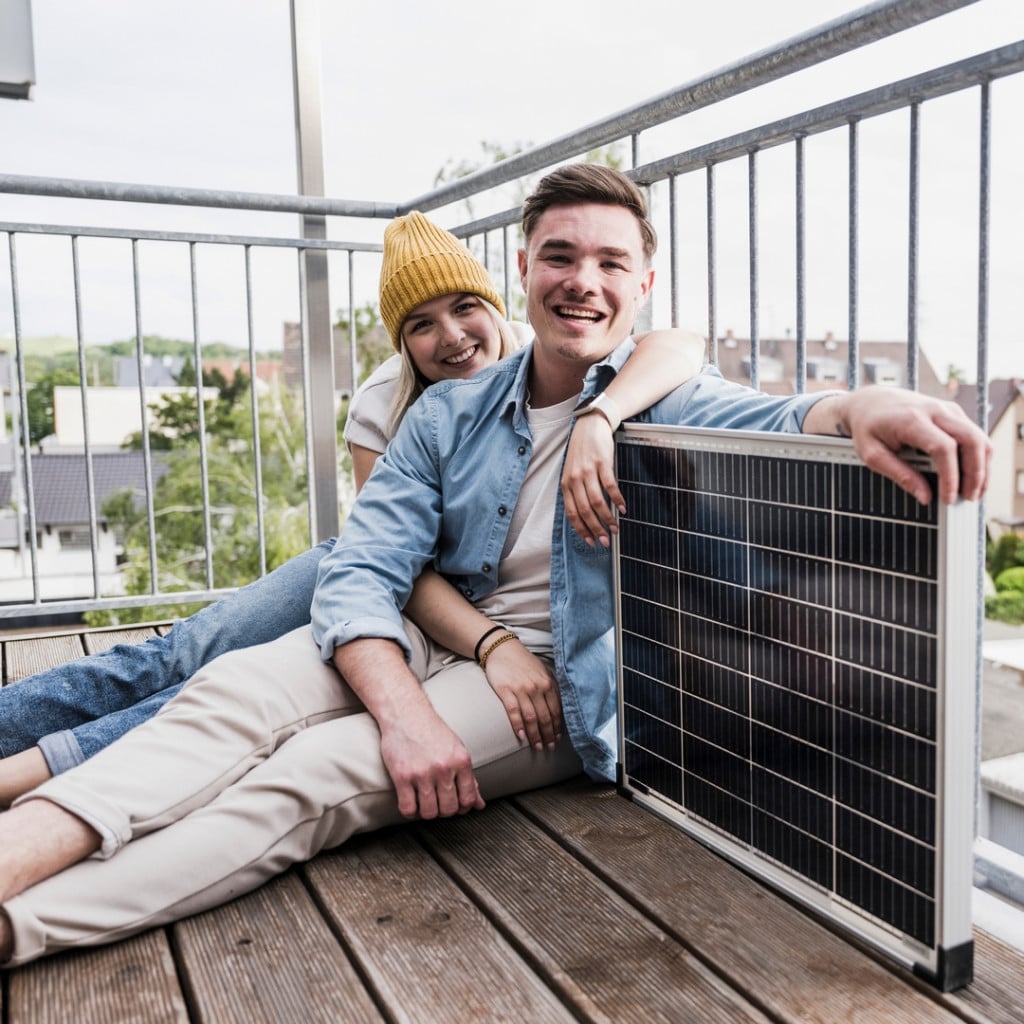PV Plug
& Play
Our revolutionary Solarnative Smart Energy Home system is designed to make life easy for photovoltaic system installers — from easy planning to fast installation, from maximum safety to carefree aftersales.
Boost
your roof
Generate more solar power on your roof and optimize your personal carbon footprint with the Solarnative Smart Energy Home system — developed and manufactured in Germany.

PV Plug & Play
Our revolutionary Solarnative Smart Energy Home system is designed to make life easy for photovoltaic system installers — from easy planning to fast installation, from maximum safety to carefree aftersales.
Boosting your roof
Generate more solar power on your roof and optimize your personal carbon footprint with the Solarnative Smart Energy Home system — developed and manufactured in Germany.







